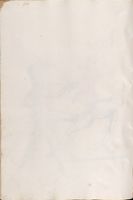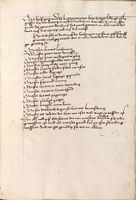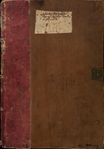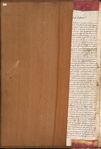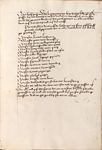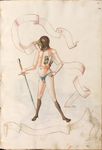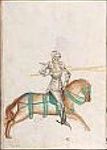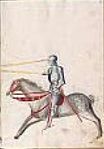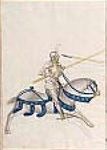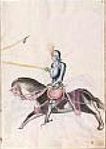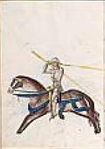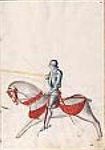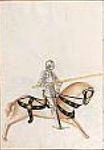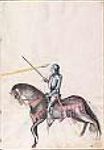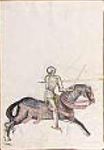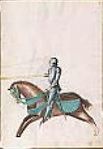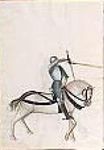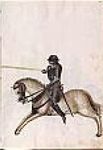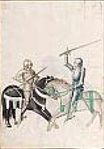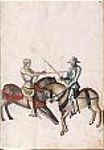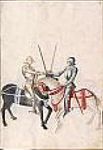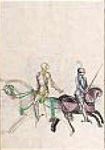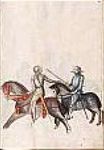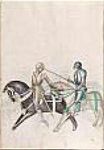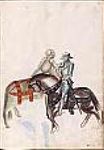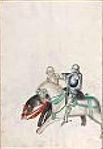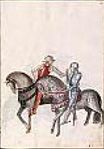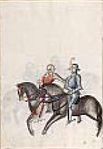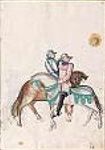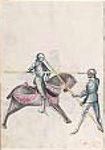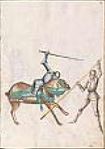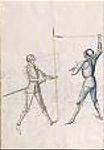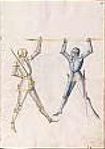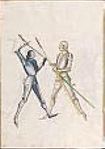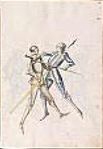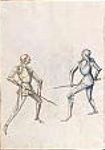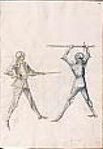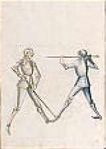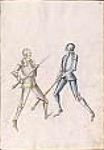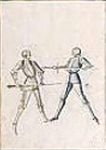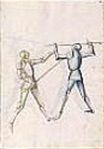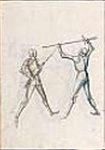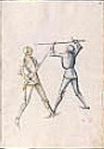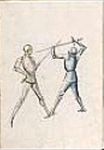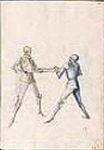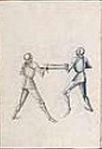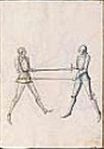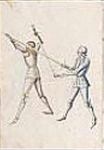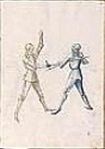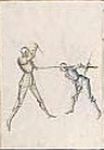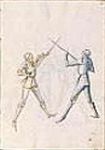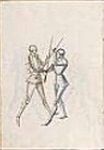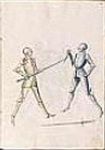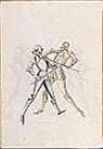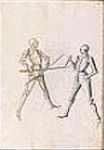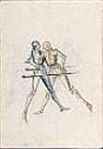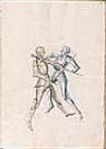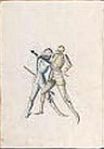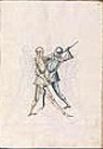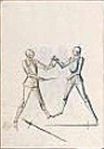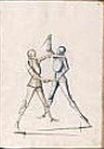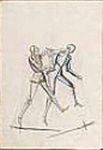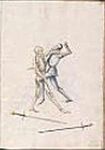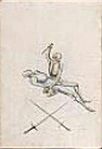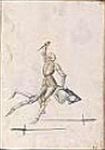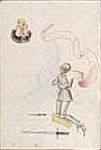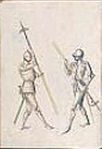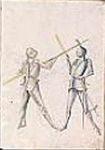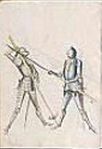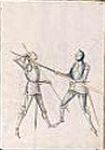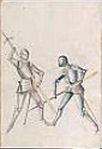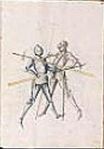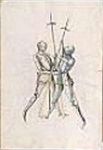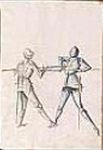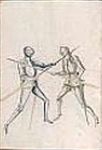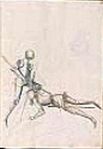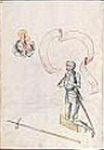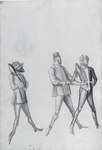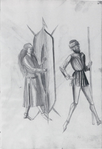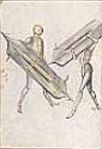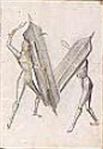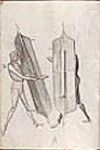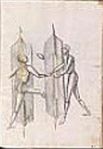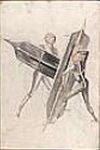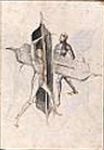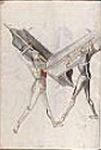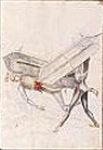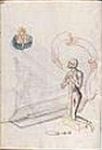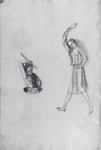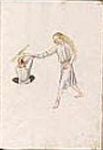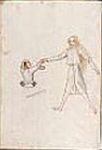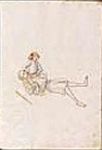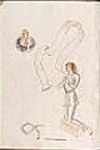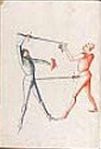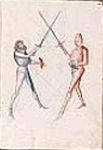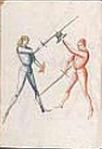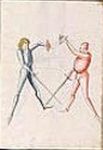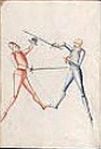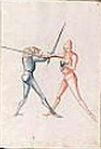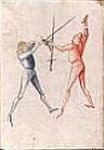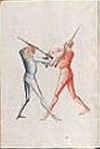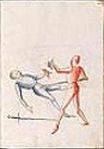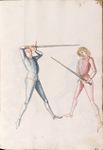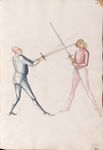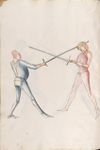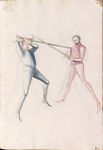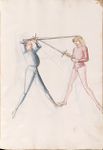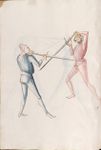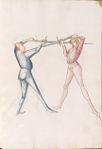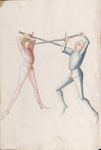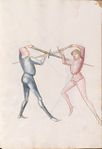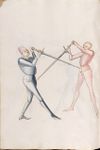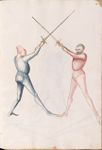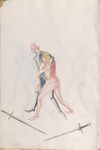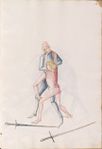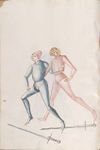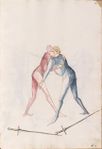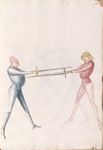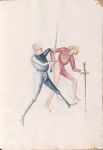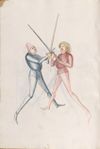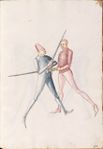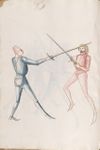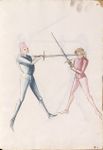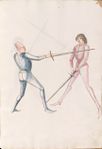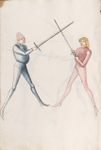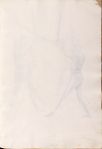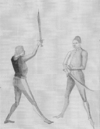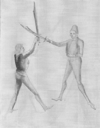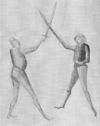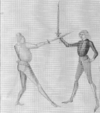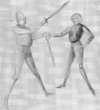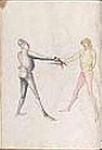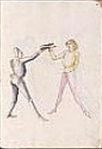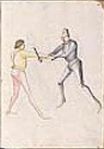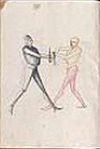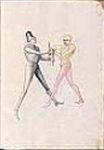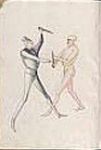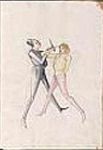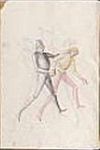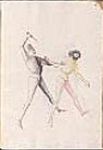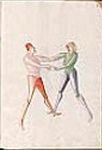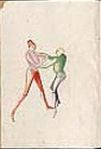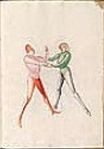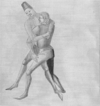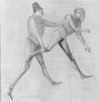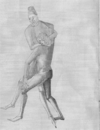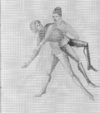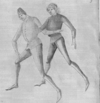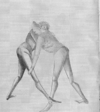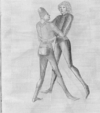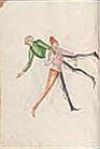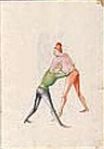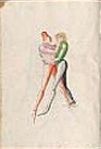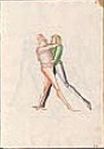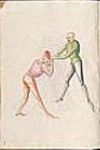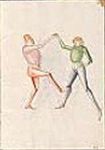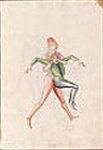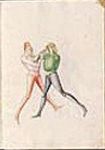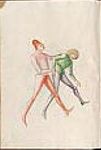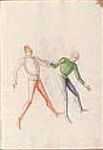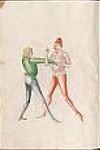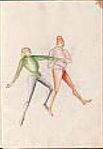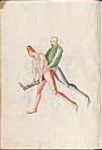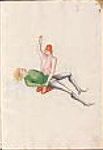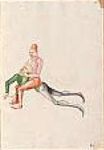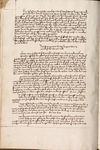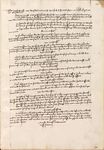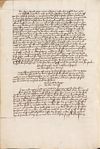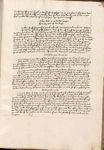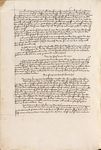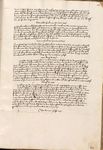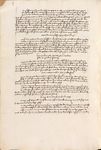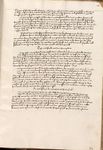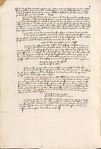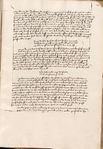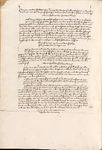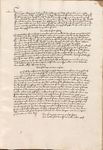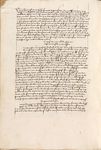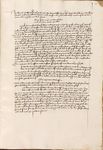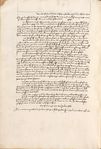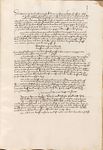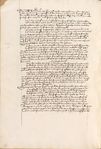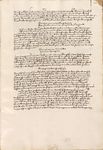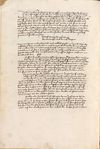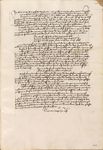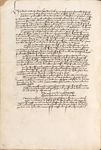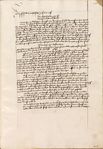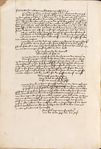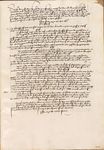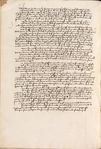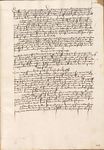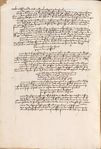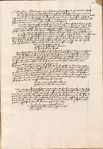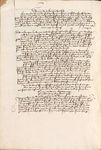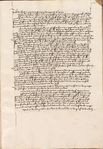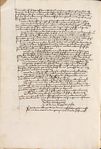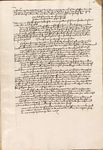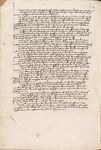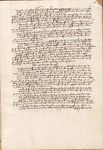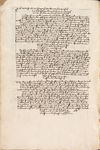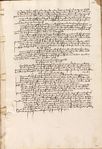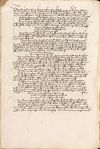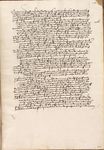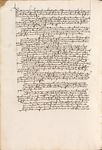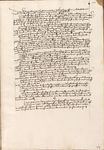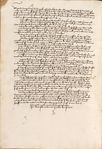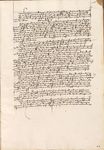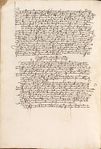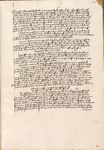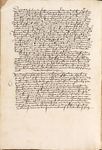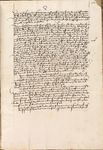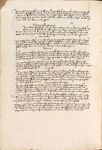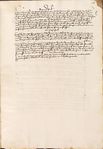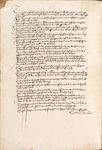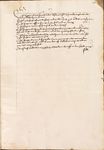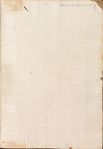|
|
You are not currently logged in. Are you accessing the unsecure (http) portal? Click here to switch to the secure portal. |
Difference between revisions of "Paulus Kal Fechtbuch (MS KK5126)"
| (11 intermediate revisions by 2 users not shown) | |||
| Line 10: | Line 10: | ||
| keyimage = File:MS KK5126 10r.jpg | | keyimage = File:MS KK5126 10r.jpg | ||
<!----------General----------> | <!----------General----------> | ||
| − | | | + | | Hagedorn's catalog = [[HS::PKW]] |
| Wierschin's catalog= [[WC::37]] | | Wierschin's catalog= [[WC::37]] | ||
| Hils' catalog = [[HK::48]] | | Hils' catalog = [[HK::48]] | ||
| − | | Beck catalog = [ | + | | Beck catalog = [http://kdih.badw.de/datenbank/handschrift/38/5/4 38.5.4] {{#set:BC=38.5.4}} |
| Also known as = | | Also known as = | ||
| Type = {{plainlist | | Type = {{plainlist | ||
| Line 24: | Line 24: | ||
| Scribe(s) = | | Scribe(s) = | ||
| Author(s) = {{collapsible list | | Author(s) = {{collapsible list | ||
| − | | [[author::Martin | + | | [[author::Martin Huntsfeld]] |
| [[author::Paulus Kal]] | | [[author::Paulus Kal]] | ||
| [[author::Johannes Liechtenauer]] | | [[author::Johannes Liechtenauer]] | ||
| Line 36: | Line 36: | ||
<!----------Form and content----------> | <!----------Form and content----------> | ||
| Material = Paper, in a wood and leather binding | | Material = Paper, in a wood and leather binding | ||
| − | | Size = 129 [[folia]] (410 | + | | Size = 129 [[folia]] (285 mm × 410 mm) |
| Format = Double-sided; one illustration per side <br/>(ff 1r-100r), unillustrated (ff 104v-129r) | | Format = Double-sided; one illustration per side <br/>(ff 1r-100r), unillustrated (ff 104v-129r) | ||
| Condition = | | Condition = | ||
| Line 50: | Line 50: | ||
| below = | | below = | ||
}} | }} | ||
| − | '''''Allerley Kampf zur Roß und Fueß in und an Harnisch''''' ("All Manner of Combat on Horse and on Foot, Both Armored and Unarmored", MS KK5126) is a [[nationality::German]] [[fencing manual]] probably created in the 1480s.{{cn}} The original currently rests in the holdings of the [[Kunsthistorisches Museum]] in Vienna, Austria. Though [[Paulus Kal]] was in the service of Archduke Sigismund of Austria at the time that this manuscript was likely created, it bears the same dedication to Ludwig | + | '''''Allerley Kampf zur Roß und Fueß in und an Harnisch''''' ("All Manner of Combat on Horse and on Foot, Both Armored and Unarmored", MS KK5126) is a [[nationality::German]] [[fencing manual]] probably created in the 1480s.{{cn}} The original currently rests in the holdings of the [[Kunsthistorisches Museum]] in Vienna, Austria. Though [[Paulus Kal]] was in the service of Archduke Sigismund of Austria at the time that this manuscript was likely created, it bears the same dedication to Ludwig IX "the Rich" of Wittelsbach (1417-1479),<ref>See [[Page:MS KK5126 9r.jpg|folio 9r]]</ref> Duke of Bavaria-Landshut, as the other two contemporary manuscripts (perhaps providing evidence that this is an unaltered copy commissioned by someone other than Kal). |
Kal's writings (exemplified in the [[Paulus Kal Fechtbuch (Cgm 1507)|Cgm 1507]] consist of a redaction of some of the teachings of [[Johannes Liechtenauer]] on mounted fencing, armored fencing, and unarmored fencing, as well as Kal's own teachings on a variety of other weapons. It differs from the works of other followers of Liechtenauer in that instead of offering extensive [[gloss]]es of the high master's verse, Kal relies on detailed illustrations. Unlike the earlier manuscripts containing Kal's works, this is a much larger compilation incorporating material from several other masters within the tradition of Johannes Liechtenauer. At the same time, the text of Kal's own work is omitted (apart from the preface) and the art is somewhat inferior to that of the Cgm 1507.<ref>[[Christian Henry Tobler|Tobler, Christian Henry]]. ''In Saint George's Name: An Anthology of Medieval German Fighting Arts''. Wheaton, IL: [[Freelance Academy Press]], 2010. p79.</ref> | Kal's writings (exemplified in the [[Paulus Kal Fechtbuch (Cgm 1507)|Cgm 1507]] consist of a redaction of some of the teachings of [[Johannes Liechtenauer]] on mounted fencing, armored fencing, and unarmored fencing, as well as Kal's own teachings on a variety of other weapons. It differs from the works of other followers of Liechtenauer in that instead of offering extensive [[gloss]]es of the high master's verse, Kal relies on detailed illustrations. Unlike the earlier manuscripts containing Kal's works, this is a much larger compilation incorporating material from several other masters within the tradition of Johannes Liechtenauer. At the same time, the text of Kal's own work is omitted (apart from the preface) and the art is somewhat inferior to that of the Cgm 1507.<ref>[[Christian Henry Tobler|Tobler, Christian Henry]]. ''In Saint George's Name: An Anthology of Medieval German Fighting Arts''. Wheaton, IL: [[Freelance Academy Press]], 2010. p79.</ref> | ||
| Line 130: | Line 130: | ||
|- | |- | ||
| − | ! {{nowrap|[[Martin | + | ! {{nowrap|[[Martin Huntsfeld|124v - 125v]]}} |
| − | | Short sword fencing by [[Martin | + | | Short sword fencing by [[Martin Huntsfeld]] |
|- | |- | ||
| − | ! [[Martin | + | ! [[Martin Huntsfeld|125v - 126r]] |
| − | | Armored grappling by [[Martin | + | | Armored grappling by [[Martin Huntsfeld]] |
|- | |- | ||
| − | ! [[Martin | + | ! [[Martin Huntsfeld|126r - 127r]] |
| − | | Mounted fencing by [[Martin | + | | Mounted fencing by [[Martin Huntsfeld]] |
|- | |- | ||
| Line 145: | Line 145: | ||
| {{treatise begin | | {{treatise begin | ||
| title = Anonymous poleaxe teachings | | title = Anonymous poleaxe teachings | ||
| − | | width = | + | | width = 60em |
}} | }} | ||
| − | {| class=" | + | {| class="treatisecontent" |
|- | |- | ||
! <p>{{rating|C}}<br/>by [[Harrison Ridgeway ]]</p> | ! <p>{{rating|C}}<br/>by [[Harrison Ridgeway ]]</p> | ||
| Line 194: | Line 194: | ||
| {{treatise begin | | {{treatise begin | ||
| title = Anonymous longshield teachings | | title = Anonymous longshield teachings | ||
| − | | width = | + | | width = 60em |
}} | }} | ||
| − | {| class=" | + | {| class="treatisecontent" |
|- | |- | ||
! <p>{{rating|B}}<br/>by [[Christian Henry Tobler]]</p> | ! <p>{{rating|B}}<br/>by [[Christian Henry Tobler]]</p> | ||
| Line 244: | Line 244: | ||
| {{treatise begin | | {{treatise begin | ||
| title = Anonymous instructions on [[trial by combat|judicial combat]] | | title = Anonymous instructions on [[trial by combat|judicial combat]] | ||
| − | | width = | + | | width = 60em |
}} | }} | ||
| − | {| class=" | + | {| class="treatisecontent" |
|- | |- | ||
! <p>{{rating|C}}<br/>by [[Jens P. Kleinau]]</p> | ! <p>{{rating|C}}<br/>by [[Jens P. Kleinau]]</p> | ||
| Line 264: | Line 264: | ||
|- | |- | ||
| − | | <p>He should then ask | + | | <p>He should then ask whether he won or lost victory, if he and his advisor may go to him and talk about their claims, when he his back again at his rest-place in the circle.</p> |
| {{section|Page:MS KK5126 128v.jpg|4|lbl=-}} | | {{section|Page:MS KK5126 128v.jpg|4|lbl=-}} | ||
| Line 324: | Line 324: | ||
|- | |- | ||
| − | | <p>He should ask, if they should not be rightfully proved, such that they are not of the same size or his is | + | | <p>He should ask, if they should not be rightfully proved, such that they are not of the same size or his is incorrect.</p> |
| {{section|Page:MS KK5126 129r.jpg|1|lbl=129r}} | | {{section|Page:MS KK5126 129r.jpg|1|lbl=129r}} | ||
| Line 627: | Line 627: | ||
== Additional Resources == | == Additional Resources == | ||
| − | + | {{bibliography}} | |
| − | |||
| − | |||
== References == | == References == | ||
| Line 648: | Line 646: | ||
}} | }} | ||
{{sourcebox | {{sourcebox | ||
| − | | work = Translation | + | | work = Translation (Poleaxe) |
| − | | authors = [[Christian Henry Tobler]] | + | | authors = [[translator::Harrison Ridgeway]] |
| + | | source link = | ||
| + | | source title= Private communication | ||
| + | | license = copyrighted | ||
| + | }} | ||
| + | {{sourcebox | ||
| + | | work = Translation (Longshield) | ||
| + | | authors = [[translator::Christian Henry Tobler]] | ||
| source link = http://www.freelanceacademypress.com/duelingshield.aspx | | source link = http://www.freelanceacademypress.com/duelingshield.aspx | ||
| source title= Freelance Academy Press | | source title= Freelance Academy Press | ||
| license = copyrighted | | license = copyrighted | ||
| + | }} | ||
| + | {{sourcebox | ||
| + | | work = Translation (Questions) | ||
| + | | authors = [[translator::Jens P. Kleinau]] | ||
| + | | source link = https://talhoffer.wordpress.com/2015/04/16/what-to-do-if-you-are-for-the-judicial-duel-with-mace-and-shield/ | ||
| + | | source title= Hans Talhoffer: A Historical Martial Arts blog by Jens P. Kleinau | ||
| + | | license = linkware | ||
}} | }} | ||
{{sourcebox | {{sourcebox | ||
| work = Transcription | | work = Transcription | ||
| − | | authors = [[Dierk Hagedorn]] | + | | authors = [[transcriber::Dierk Hagedorn]] |
| source link = | | source link = | ||
| source title= [[Index:Paulus Kal Fechtbuch (MS KK5126)]] | | source title= [[Index:Paulus Kal Fechtbuch (MS KK5126)]] | ||
Latest revision as of 21:46, 15 June 2025
| Paulus Kal Fechtbuch | |||||
|---|---|---|---|---|---|
| MS KK5126, Kunsthistorisches Museum Vienna, Austria | |||||
| |||||
| |||||
| Type | |||||
| Date | ca. 1480s | ||||
| Language(s) | Early New High German | ||||
| Author(s) | |||||
| Compiler | Unknown | ||||
| Illustrator(s) | Unknown | ||||
| Material | Paper, in a wood and leather binding | ||||
| Size | 129 folia (285 mm × 410 mm) | ||||
| Format | Double-sided; one illustration per side (ff 1r-100r), unillustrated (ff 104v-129r) | ||||
| Exemplar(s) | Cgm 1507 (ca. 1470) | ||||
| Treatise scans | Digital scans (thumbs) | ||||
Allerley Kampf zur Roß und Fueß in und an Harnisch ("All Manner of Combat on Horse and on Foot, Both Armored and Unarmored", MS KK5126) is a German fencing manual probably created in the 1480s.[citation needed] The original currently rests in the holdings of the Kunsthistorisches Museum in Vienna, Austria. Though Paulus Kal was in the service of Archduke Sigismund of Austria at the time that this manuscript was likely created, it bears the same dedication to Ludwig IX "the Rich" of Wittelsbach (1417-1479),[1] Duke of Bavaria-Landshut, as the other two contemporary manuscripts (perhaps providing evidence that this is an unaltered copy commissioned by someone other than Kal).
Kal's writings (exemplified in the Cgm 1507 consist of a redaction of some of the teachings of Johannes Liechtenauer on mounted fencing, armored fencing, and unarmored fencing, as well as Kal's own teachings on a variety of other weapons. It differs from the works of other followers of Liechtenauer in that instead of offering extensive glosses of the high master's verse, Kal relies on detailed illustrations. Unlike the earlier manuscripts containing Kal's works, this is a much larger compilation incorporating material from several other masters within the tradition of Johannes Liechtenauer. At the same time, the text of Kal's own work is omitted (apart from the preface) and the art is somewhat inferior to that of the Cgm 1507.[2]
Contents
Provanance
Contents
| 1r - 8v | Blank pages | ||||||||||||||||||||||||||||||||||||||||||||||||||||||
|---|---|---|---|---|---|---|---|---|---|---|---|---|---|---|---|---|---|---|---|---|---|---|---|---|---|---|---|---|---|---|---|---|---|---|---|---|---|---|---|---|---|---|---|---|---|---|---|---|---|---|---|---|---|---|---|
| 9r - 10r | Introductory material by Paulus Kal | ||||||||||||||||||||||||||||||||||||||||||||||||||||||
| 10v - 23r | Mounted fencing illustrations by Paulus Kal | ||||||||||||||||||||||||||||||||||||||||||||||||||||||
| 23v - 40v | Short sword fencing illustrations by Paulus Kal | ||||||||||||||||||||||||||||||||||||||||||||||||||||||
| 41v - 46v | Armored poleaxe illustrations by Paulus Kal | ||||||||||||||||||||||||||||||||||||||||||||||||||||||
| 47v - 52v | Longshield illustrations by Paulus Kal | ||||||||||||||||||||||||||||||||||||||||||||||||||||||
| 53v - 55v | Duel between a man and a woman by Paulus Kal | ||||||||||||||||||||||||||||||||||||||||||||||||||||||
| 56v - 61r | Sword and buckler illustrations by Paulus Kal | ||||||||||||||||||||||||||||||||||||||||||||||||||||||
| 62r - 75v | Long sword illustrations by Paulus Kal | ||||||||||||||||||||||||||||||||||||||||||||||||||||||
| 76v - 79v | Messer illustrations by Paulus Kal | ||||||||||||||||||||||||||||||||||||||||||||||||||||||
| 80v - 85r | Dagger illustrations by Paulus Kal | ||||||||||||||||||||||||||||||||||||||||||||||||||||||
| 86r - 100r | Grappling illustrations by Paulus Kal | ||||||||||||||||||||||||||||||||||||||||||||||||||||||
| 104v - 106r | Recital by Johannes Liechtenauer | ||||||||||||||||||||||||||||||||||||||||||||||||||||||
| 106r - 114r | Gloss of Liechtenauer's Recital on long sword fencing by Nicolaüs | ||||||||||||||||||||||||||||||||||||||||||||||||||||||
| 114r - 117v | Gloss of Liechtenauer's Recital on mounted fencing by Pseudo-Peter von Danzig | ||||||||||||||||||||||||||||||||||||||||||||||||||||||
| 117v - 122v | Gloss of Liechtenauer's Recital on short sword fencing by Pseudo-Peter von Danzig | ||||||||||||||||||||||||||||||||||||||||||||||||||||||
| 122v - 124v | Grappling by Ott Jud | ||||||||||||||||||||||||||||||||||||||||||||||||||||||
| 124v - 125v | Short sword fencing by Martin Huntsfeld | ||||||||||||||||||||||||||||||||||||||||||||||||||||||
| 125v - 126r | Armored grappling by Martin Huntsfeld | ||||||||||||||||||||||||||||||||||||||||||||||||||||||
| 126r - 127r | Mounted fencing by Martin Huntsfeld | ||||||||||||||||||||||||||||||||||||||||||||||||||||||
| 127r |
| ||||||||||||||||||||||||||||||||||||||||||||||||||||||
| 127r - 127v |
| ||||||||||||||||||||||||||||||||||||||||||||||||||||||
| 127v | Sword and buckler by Andre Lignitzer | ||||||||||||||||||||||||||||||||||||||||||||||||||||||
| 127v - 128r | Dagger by Andre Lignitzer | ||||||||||||||||||||||||||||||||||||||||||||||||||||||
| 128v - 129r |
|
Gallery
Additional Resources
The following is a list of publications containing scans, transcriptions, and translations relevant to this article, as well as published peer-reviewed research.
- Jaquet, Daniel; Bartłomiej Walczak (2014). "Liegnitzer, Hundsfeld or Lew? The question of authorship of popular Medieval fighting teachings." Acta Periodica Duellatorum 2(1): 105-148. doi:10.1515/apd-2015-0015.
- Tobler, Christian Henry (2010). In Saint George's Name: An Anthology of Medieval German Fighting Arts. Wheaton: Freelance Academy Press. ISBN 978-0-9825911-1-6.
References
- ↑ See folio 9r
- ↑ Tobler, Christian Henry. In Saint George's Name: An Anthology of Medieval German Fighting Arts. Wheaton, IL: Freelance Academy Press, 2010. p79.
- ↑ It is unclear whether Paulus Kal left behind any staff treatises, but this indicates a clear connection between staff and pollaxe fighting.
- ↑ Original appears to be nonsensical. With some consultation this is about as clear a translation I came across.
- ↑ “suech den vnttern rist”
- ↑ Presumably since you are only acting as though you will parry, you are voiding, which could expose the armpit etc.
- ↑ Impalement is implied, probably with the queue.
- ↑ The point standing upwards happens to be the queue in this play, but likely does not matter.
- ↑ Hildebrand’s Cut is described by Paurenfeyndt as a parry which allows the opponent’s attack to slide downward off the weapon and to the side.
- ↑ “Indes” - most likely not in the fencing sense but used as it commonly is.
Copyright and License Summary
For further information, including transcription and translation notes, see the discussion page.
| Work | Author(s) | Source | License |
|---|---|---|---|
| Images | Kunsthistorisches Museum | ||
| Translation (Poleaxe) | Harrison Ridgeway | Private communication | |
| Translation (Longshield) | Christian Henry Tobler | Freelance Academy Press | |
| Translation (Questions) | Jens P. Kleinau | Hans Talhoffer: A Historical Martial Arts blog by Jens P. Kleinau | |
| Transcription | Dierk Hagedorn | Index:Paulus Kal Fechtbuch (MS KK5126) |

